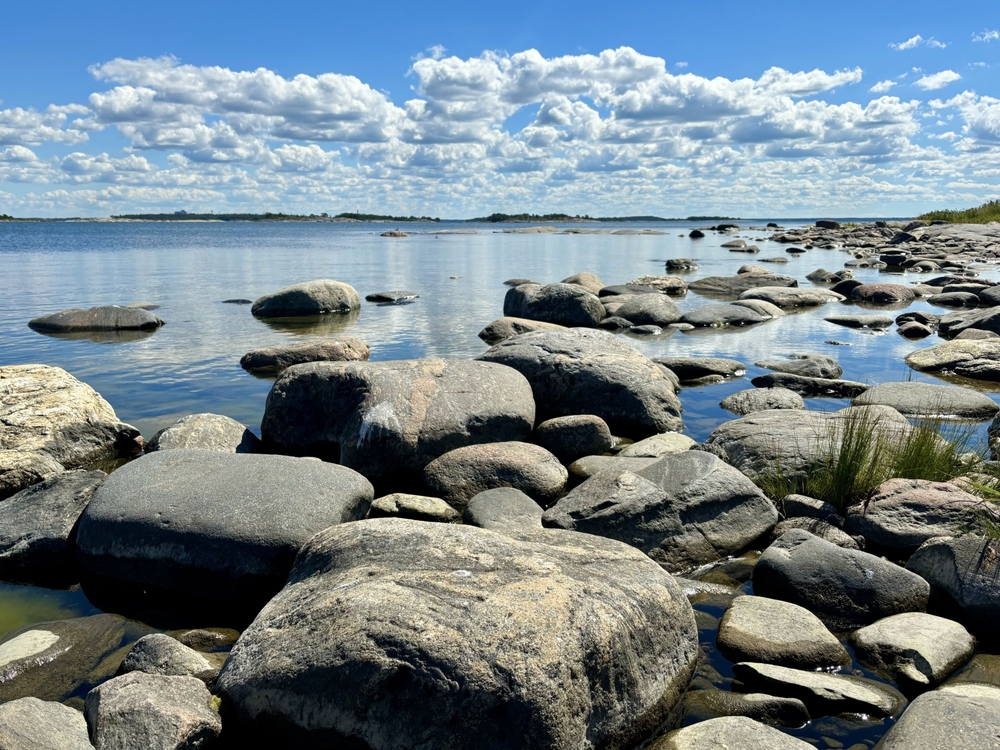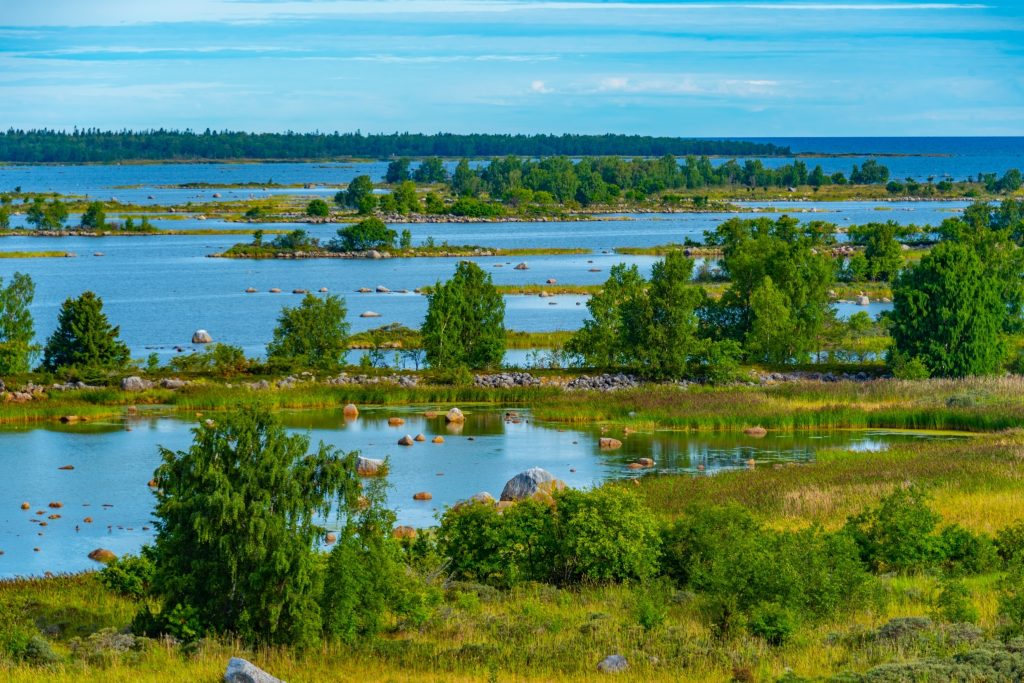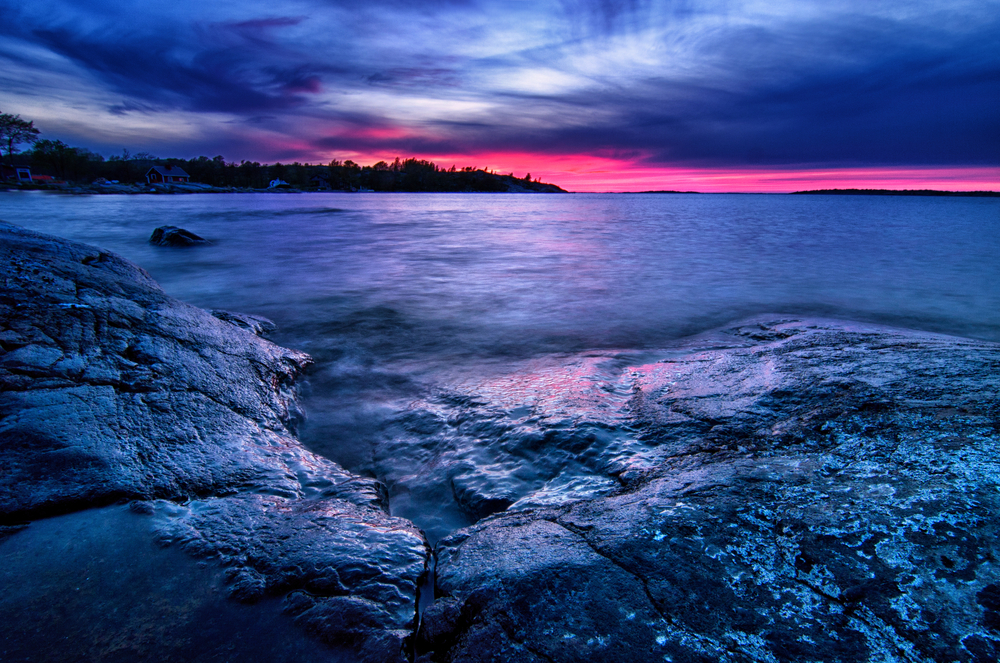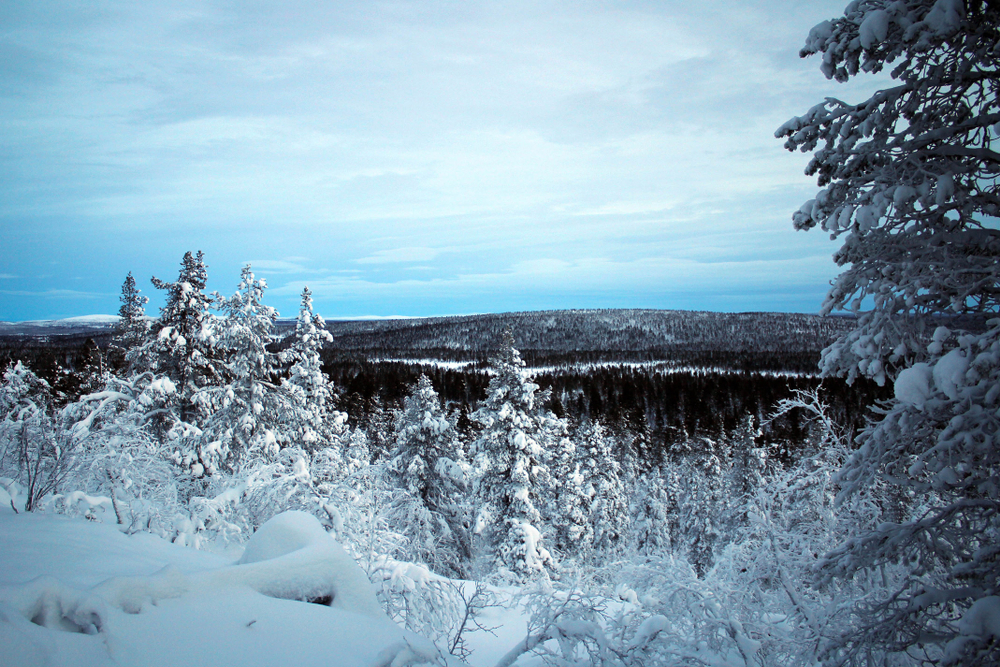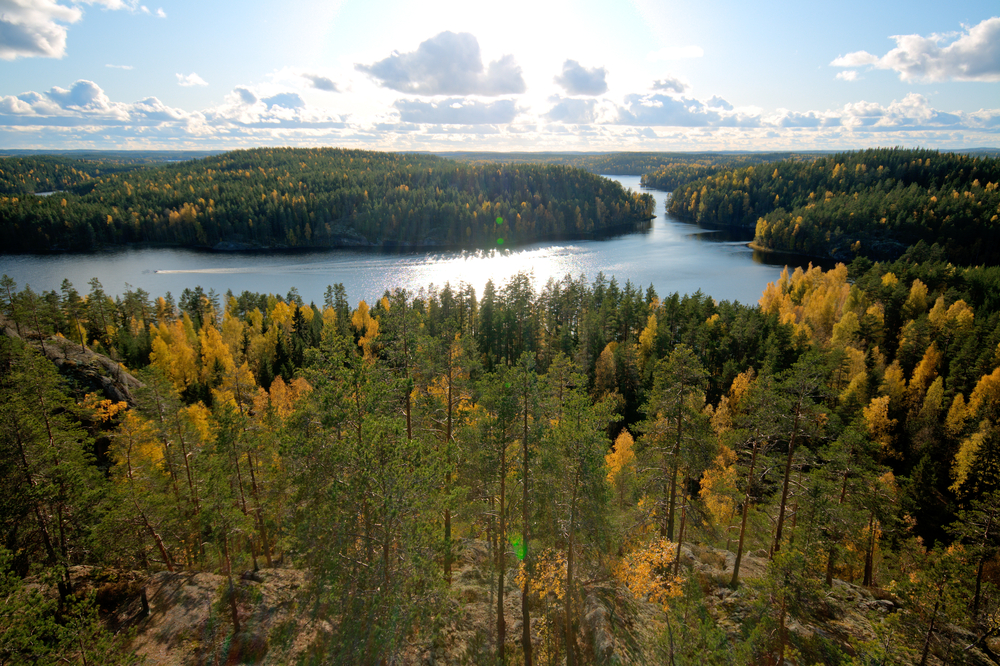Bothnian Sea Overview
Bothnian Sea National Park (Selkämeren kansallispuisto) is a vast protected marine area in Finland, covering approximately 240 square miles (620 square kilometers) of the Archipelago Sea in the southwestern part of the country.
The park, established in 2011, stretches along the Finnish coastline between the cities of Rauma and Pori, encompassing a network of islands, islets, and marine waters. It serves as an important conservation area for the fragile Baltic Sea ecosystem, offering visitors a chance to explore its unique landscapes and wildlife.
The park’s landscape is primarily shaped by the interplay of land and sea, featuring rugged rocky islands, sandy beaches, and lush coastal meadows. The islands are remnants of the Ice Age, slowly rising from the sea due to post-glacial rebound. Many islands are covered in dense pine and spruce forests, while others have open heathlands or grass-covered shorelines.
The waters of the Bothnian Sea are brackish, blending freshwater from Finnish rivers with the saline waters of the Baltic, creating a unique environment that supports both freshwater and marine species. Among the notable geographic features of the park are the rocky outcrops of Oura Archipelago, the long sandy stretches of Preiviikinlahti Bay, and the shallow, labyrinthine waters around Luvia.
Wildlife in Bothnian Sea National Park is rich and diverse, with an array of birds and marine life. The park is particularly significant for birdwatchers, as it serves as a critical nesting and resting area for seabirds and wading birds. Among the most commonly spotted species are the white-tailed eagle, common eider, Arctic tern, and black guillemot.
The park’s waters also support populations of grey seals and ringed seals, which can often be seen basking on the rocks or swimming in the sheltered bays. Fish species such as pike, perch, and Baltic herring thrive in the brackish waters, supporting local fishing traditions and the broader marine ecosystem.
Visitors to Bothnian Sea National Park can engage with its unique environment in multiple ways. Boating and kayaking are among the most popular activities, as the park’s numerous waterways and sheltered coves offer excellent opportunities for exploration.
Several islands have designated landing sites and nature trails, allowing visitors to experience the park’s varied landscapes on foot. Katanpää Island, once a historic military site, is a popular stop for boaters, featuring well-preserved old fortifications and hiking paths. Birdwatching is a year-round attraction, with migratory species passing through in the spring and autumn. In the winter, ice skating and ice fishing draw those seeking adventure in the frozen seascape.
The park faces conservation challenges due to the vulnerability of the Baltic Sea ecosystem. Eutrophication, caused by agricultural runoff and pollution, threatens water quality and marine biodiversity. Efforts have been made to combat these issues through stricter regulations on nutrient emissions and habitat restoration projects.
Successes include increasing populations of white-tailed eagles, whose numbers have rebounded due to protective measures. Sustainable tourism initiatives have also been implemented to minimize human impact, ensuring that visitors can enjoy the park while preserving its delicate balance of marine and coastal life.








































































